Why would you want to travel using air travel when you could use some of the latest and greatest travel technologies? There are a number of good reasons, and one of the most important is that these technologies make traveling much more comfortable. Not only does this improve your travel experience, but it also saves you time.
No more waiting in line for hours on end or enduring long delays. Instead, you can use some of the latest travel technologies to get where you need to go quickly and easily. Take a look at some of the top travel technologies that are changing air travel forever. You may be surprised at just how convenient they can be!
Global Trends in Air Travel
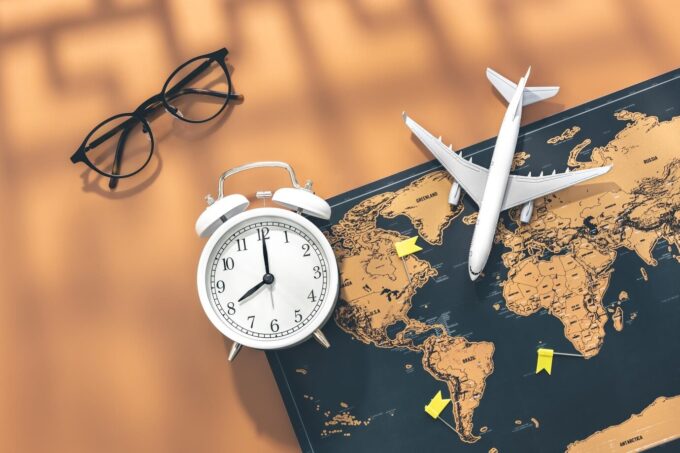
Source: freepik.com
Demand for air travel is on the rise and will only continue to grow in the coming years. Airlines are constantly looking for new ways to improve customer experience, increase efficiency, and reduce costs. In this article, we take a look at some of the most recent trends in air travel that are changing the way we think about travel.
- Digital travel services: The first major trend in air travel is digital travel services (DTS). DTS allow travelers to book flights, hotels, car rentals, and other activities all through one interface. This has made traveling much more convenient and easier to manage. Airlines have also begun offering special deals that are only available through DTS channels. For example, Delta Air Lines offers a 50 percent discount on domestic flights when booked through its DTS channels. https://usvipservices.com/ can give you a better idea of the digital travel services that are available.
- Self-service check-in kiosks: These kiosks allow passengers to check in without having to go through a human clerk. This has increased efficiency and reduced wait times for passengers. Some airports now even have virtual check-in systems that allow customers to check in online before arriving at the airport. This is becoming increasingly popular because it eliminates the need for long lines at the check-in counter and saves airlines money by reducing staffing needs.
- Augmented reality applications in air travel: AR apps allow passengers to see their flights and itineraries in a virtual reality format. This is a great way to avoid delays and get updated information about your flight in advance. AR apps are also being used to enhance the customer experience by providing directions, boarding information, and other amenities.
- Unmanned Aircraft Systems (UAS): UAS are aerial vehicles that are not controlled by a human operator. They are used for a variety of purposes, including surveillance, mapping, and delivery. UAS have revolutionized many aspects of air travel, including freight delivery, crop monitoring, and disaster relief. They are also being used to improve air traffic control and navigation.
How AI is Changing the Air Travel Industry?
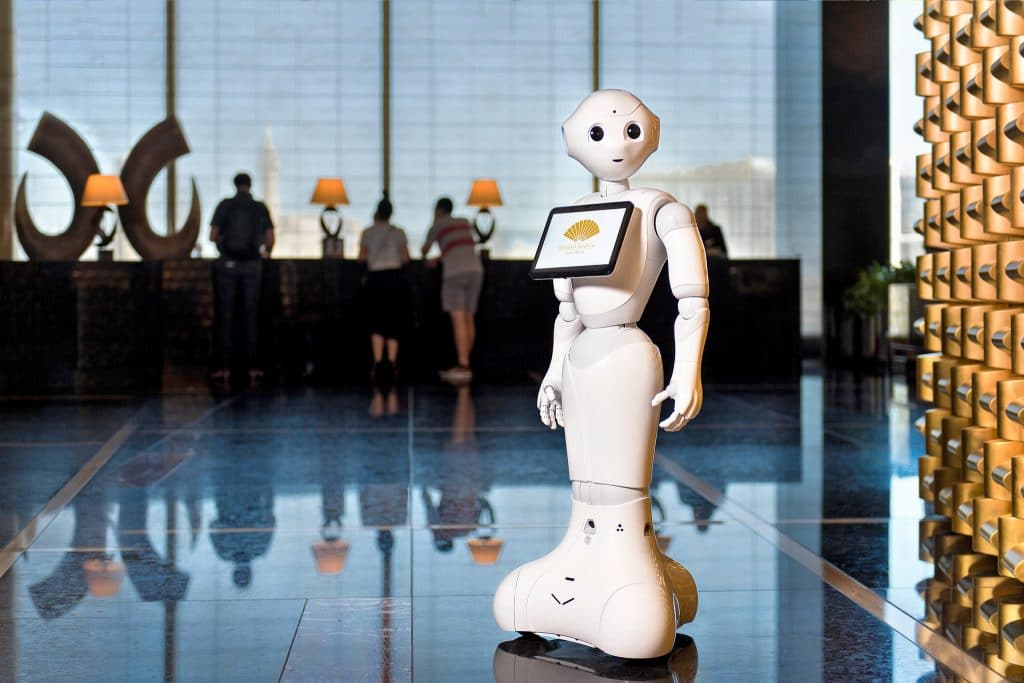
Source: science.howstuffworks.com
In order to keep up with this growth, airlines are constantly looking for new ways to improve their services.
One way that airlines are trying to improve their services is by using artificial intelligence (AI). AI has already been used extensively in the aviation industry, and it is predicted that it will continue to be used in the future.
Here are some examples of how AI is changing the air travel industry:
- Airline staffing levels can be reduced by using AI to automate tasks such as baggage handling and customer service.
- Airlines can use AI to predict passenger demand and create schedules that meet that demand. This reduces the need for human staff members, and it also allows airlines to optimize their operations based on past data rather than guessing how passengers will behave in the future.
- Airlines can use AI to identify potential safety issues before they happen, which saves both time and money on repairs afterwards.
- Airlines can use AI to manage inventory more efficiently, which reduces waste and lowers costs overall. This helps airlines stay competitive as well as keep their passengers happy by ensuring that they always have available seats on flights…
The Impact of Ticketing and Loyalty Programs on Air Travel
Ticketing and loyalty programs have had a significant impact on air travel in recent years. They make it easier for customers to plan their air travel, and they can also earn rewards for spending money on airline tickets or traveling.
Many people think of loyalty programs as being only for airlines. But ticketing companies are starting to offer similar services, and they’re also becoming more involved in the travel industry.
Eco-Friendly Initiatives in Air Travel
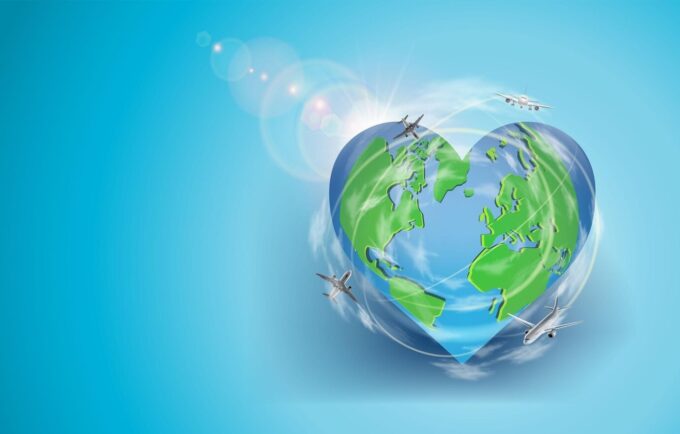
Source: freepik.com
As global awareness about climate change grows, the aviation and industries are taking strides to minimize its carbon footprint. Air travel has often been highlighted as a significant contributor to global emissions.
However, innovative technologies are stepping in to make a difference. Biofuels, derived from organic materials, are emerging as a sustainable alternative to traditional jet fuel, with several airlines already testing flights powered partially by these environmentally-friendly fuels.
Additionally, researchers are exploring electric-powered aircraft, aiming for shorter commercial flights to operate solely on electricity in the near future. Airlines are also investing in more efficient flight routes and aerodynamic improvements, all aimed at reducing fuel consumption and emissions. These initiatives not only highlight the industry’s commitment to sustainability but also promise a greener future for air travel.
The Future of Transportation on Airplanes
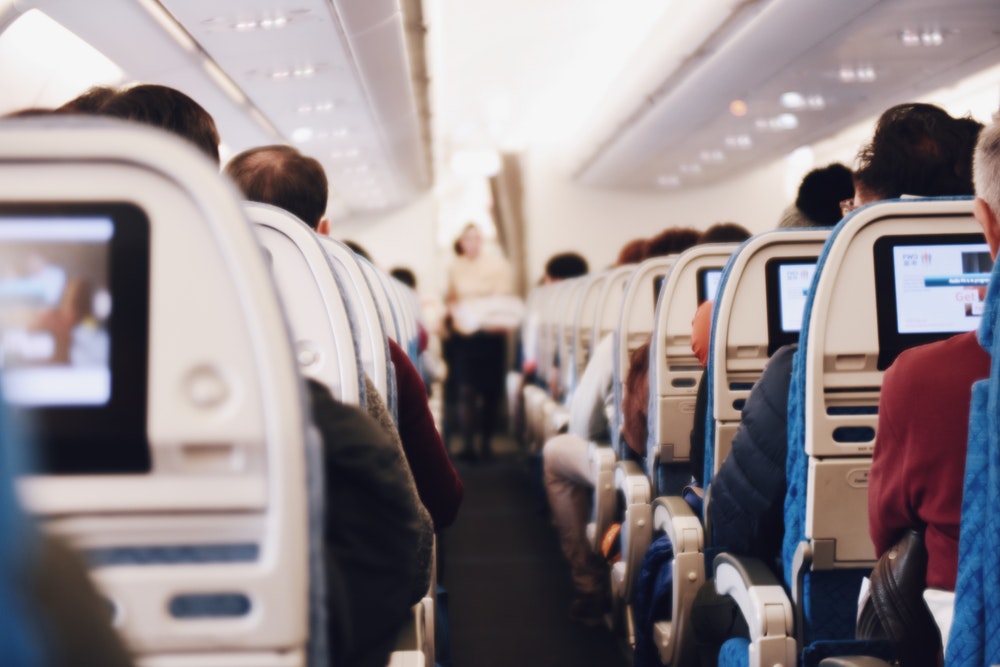
Source: theshutterwhale.com
The future of aviation is in the air. Recent advances in travel technologies are making flying more comfortable, efficient and environmentally friendly. These innovations include new aircraft designs, advanced navigation systems and new passenger amenities.
- New aircraft designs: One of the most significant changes in aircraft design is the incorporation of digital cockpits. Digital cockpits allow pilots to use a computerized display to navigate their way through airport airspace and airspace restrictions. They also give pilots more control over their aircraft’s performance and safety.
- Advanced navigation systems: Advances in navigation systems have made flying safer and easier for passengers. For example, GPS systems can pinpoint your location anywhere on earth with extreme accuracy, even in dense urban areas. Head-up displays (HUDs) let you view important flight information directly in front of your eyes without having to look away from the windshield. These systems also help pilots avoid potential collisions by displaying warnings about other aircraft ahead of time.
- New passenger amenities: Other recent developments in aviation technology include new passenger amenities such as Wi-Fi access and charging stations for phones and devices. This allows passengers to continue exploring their destinations while on board the airplane, without having to worry about compromising their cell phone or device battery life.
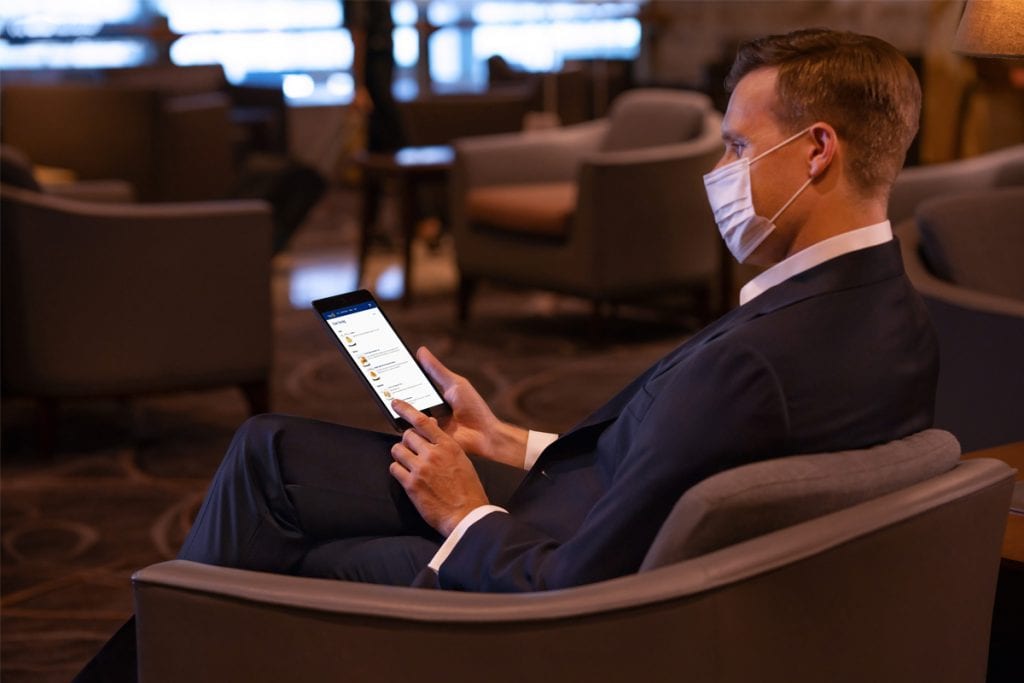
Source: theshutterwhale.com
Conclusion
It’s no secret that air travel is becoming more and more expensive. With fuel prices rising, airlines are passing along the extra costs to consumers in the form of higher airfares. Although there are a few technologies that are changing how we experience air travel, one of the most significant advancements has been in the field of digital travel assistants.
These devices have made it easier than ever for travelers to plan their trips, find deals on flights and hotels, and track their luggage while they’re away. Whether you’re someone who prefers to research everything before you go or you just want to wing it when it comes to your trip plans, these travel technologies can help make your vacation dreams a reality.



